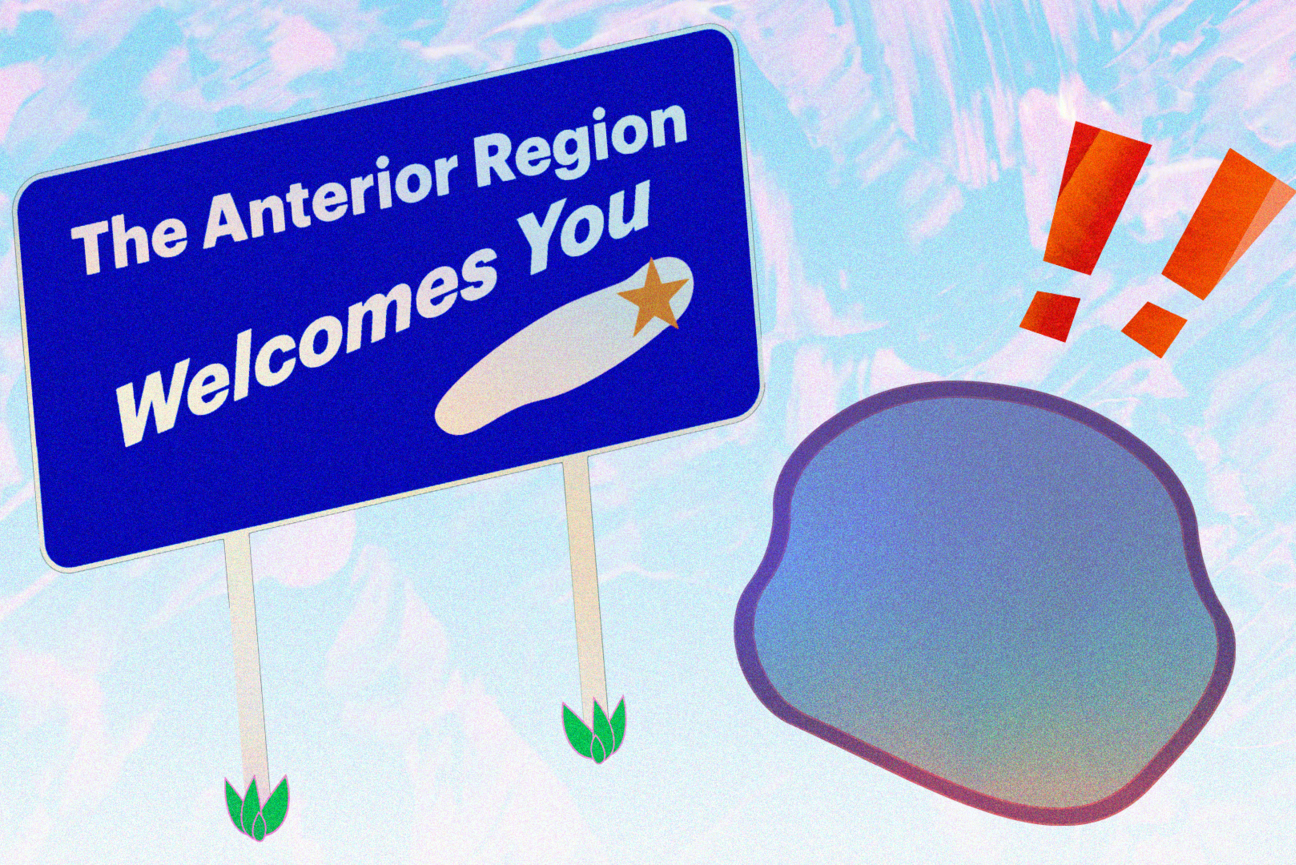
How neoblasts rebuild a body
This article is part of our series, “Biology in its natural habitat: studying cellular processes in context”. To view the entire collection, click here.
Humans don't regrow body parts after an injury, but certain animals can and do. The planarian, a tiny, water-dwelling flatworm, is one such organism. This multipart video explainer follows the journey of a neoblast — a versatile cell in the planarian crucial for regeneration — and explores what regeneration research could mean for human health. Click the first button to begin.
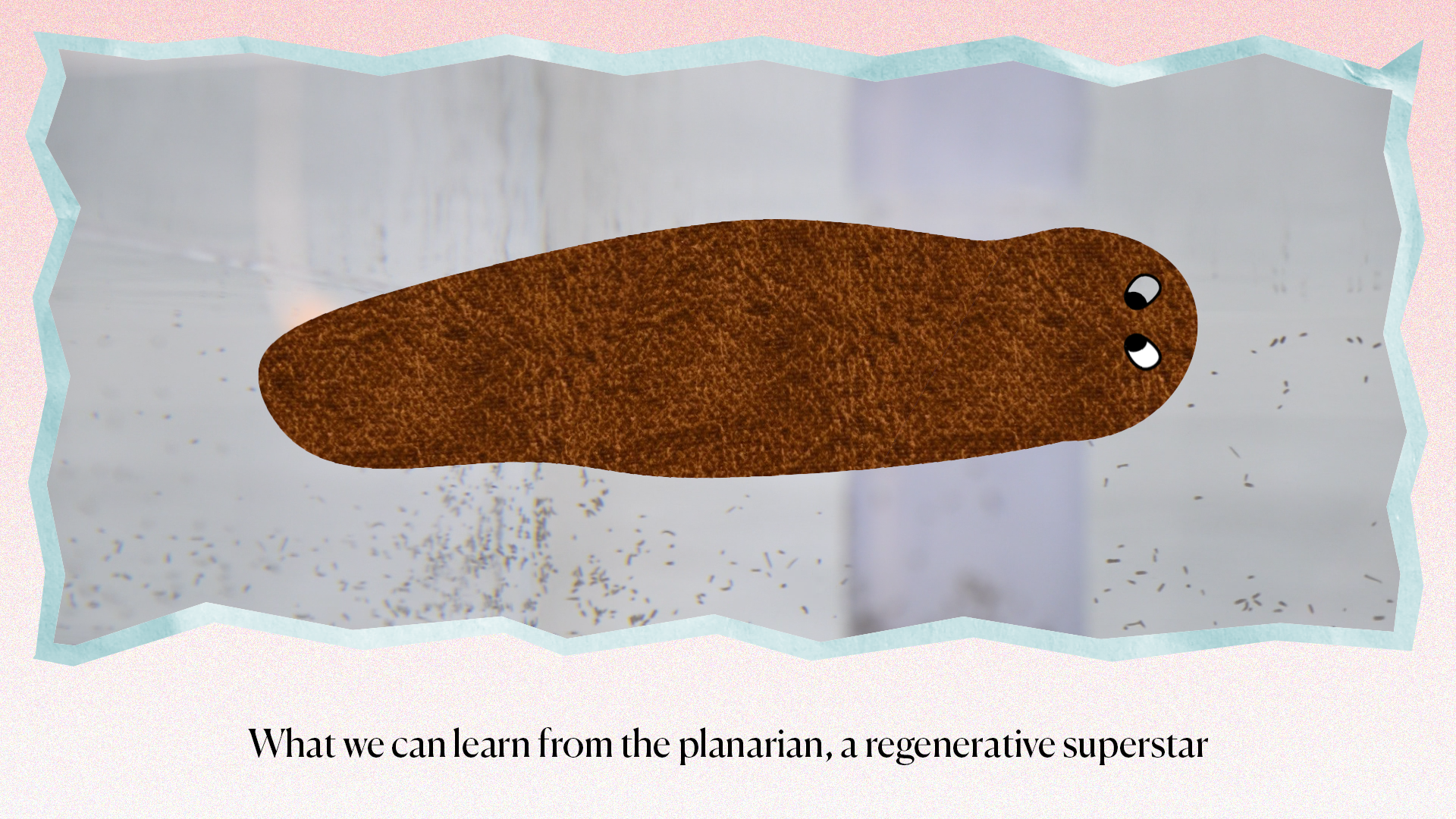
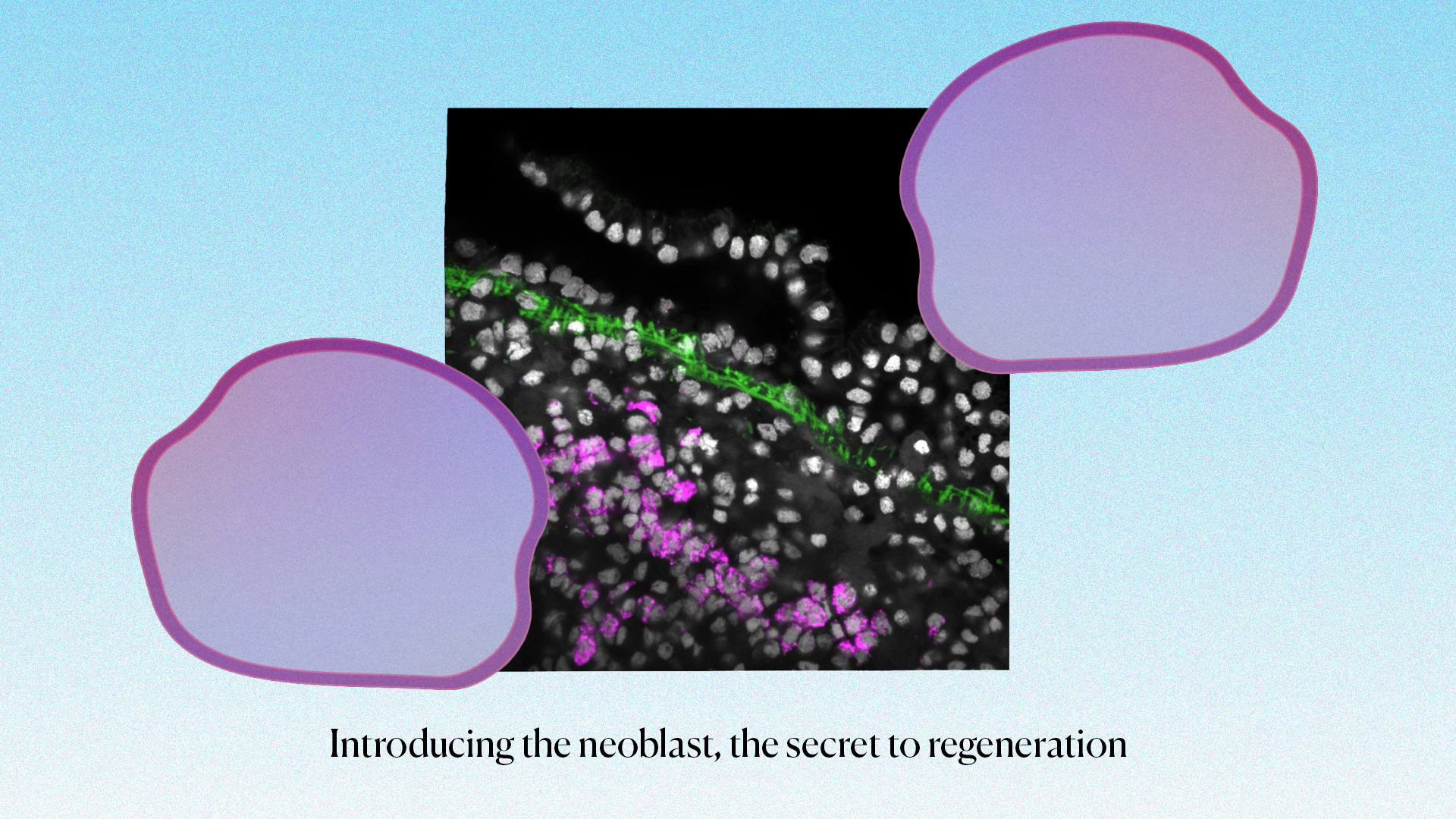

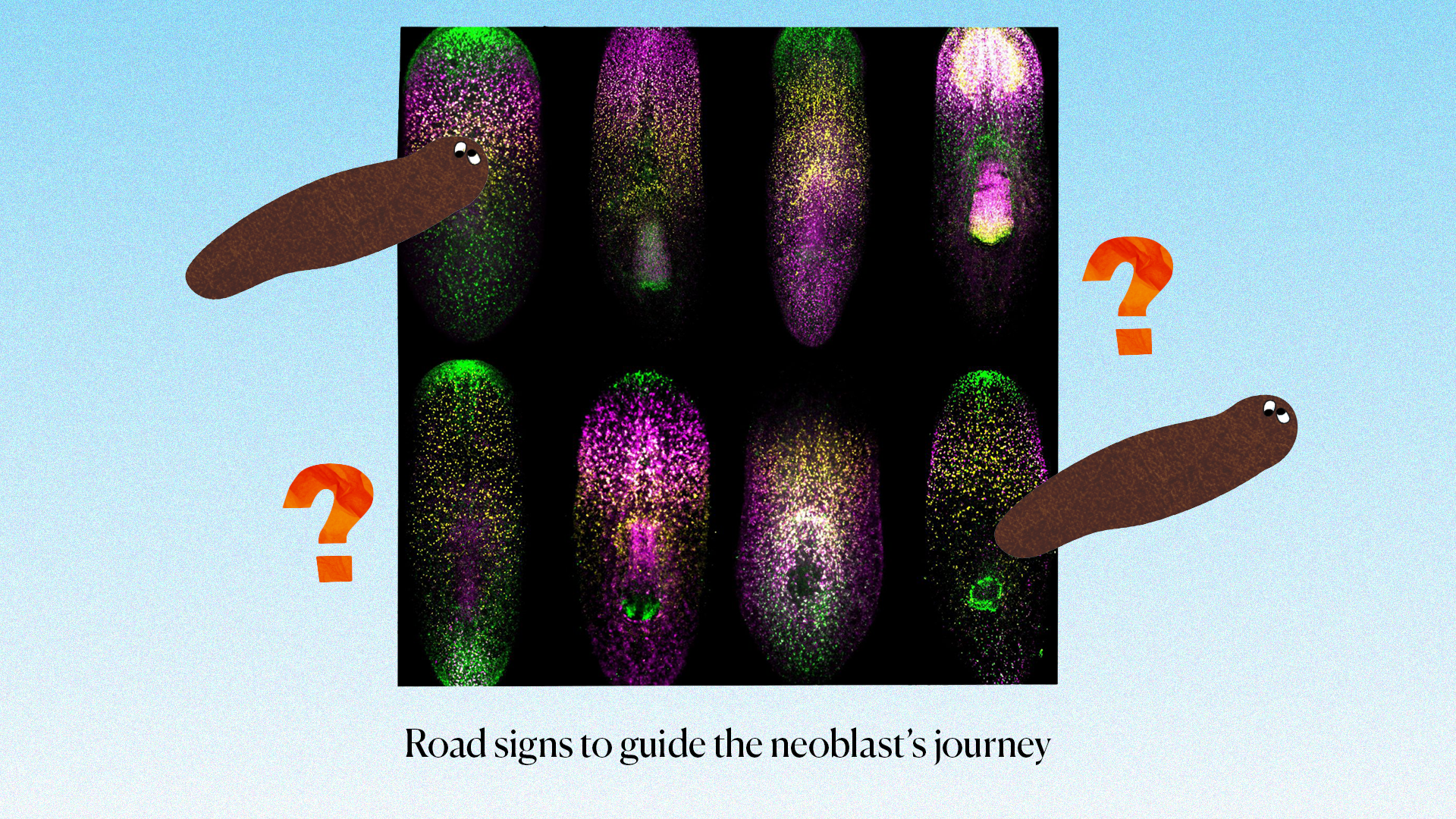
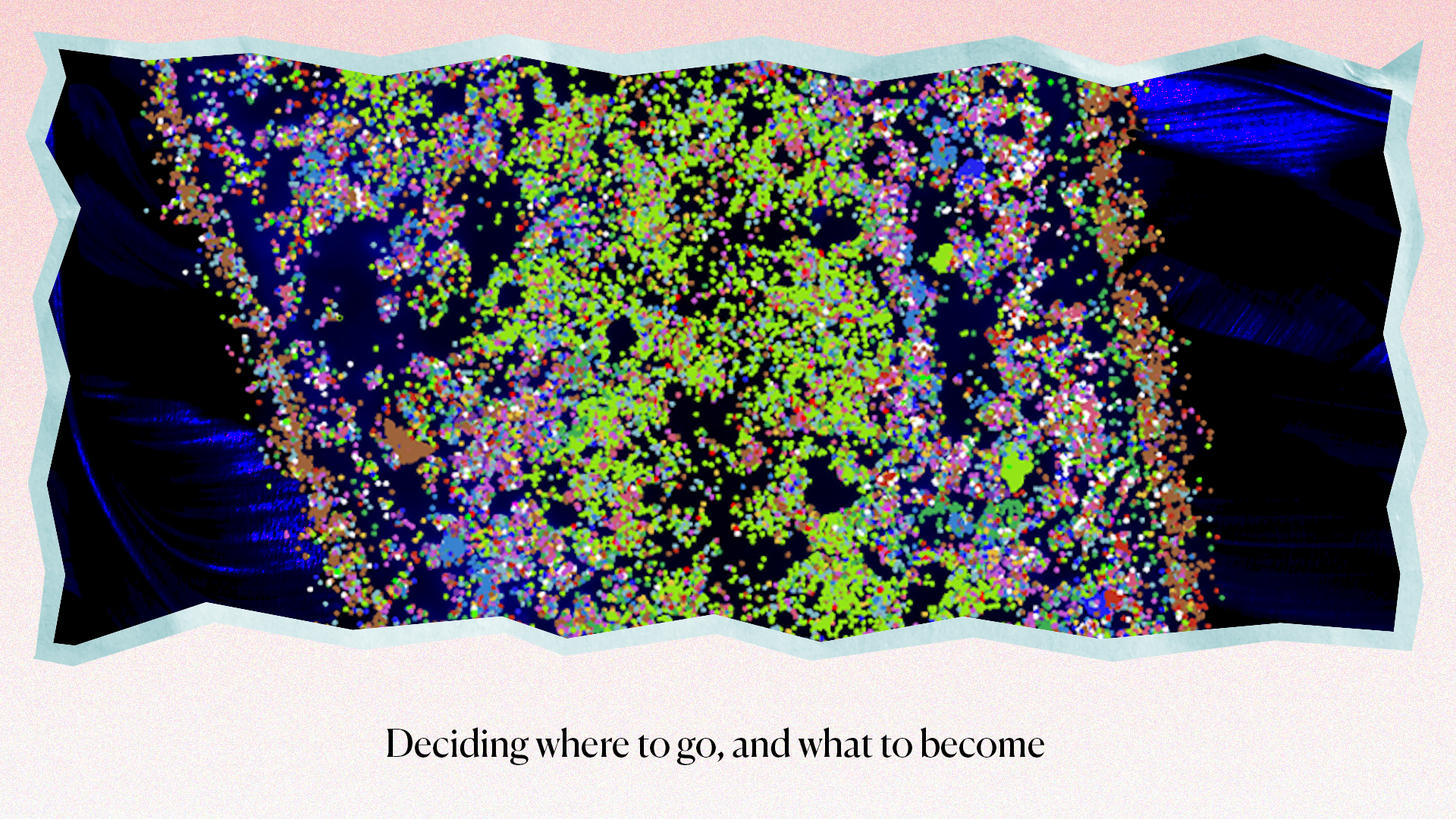
Special thanks to Deniz Kutay Atabay.
Citations:
Park, C., Owusu-Boaitey, K.E., Valdes, G.M. et al. Fate specification is spatially intermingled across planarian stem cells. Nat Commun 14, 7422 (2023). https://doi.org/10.1038/s41467-023-43267-2
Kutay Deniz Atabay, Samuel A. LoCascio, Thom de Hoog, and Peter W. Reddien. "Self-organization and progenitor targeting generate stable patterns in planarian regeneration", Science, online March 15, 2018, DOI: 10.1126/science.aap8179
Topics
Contact
Communications and Public Affairs
Phone: 617-452-4630
Email: newsroom@wi.mit.edu


